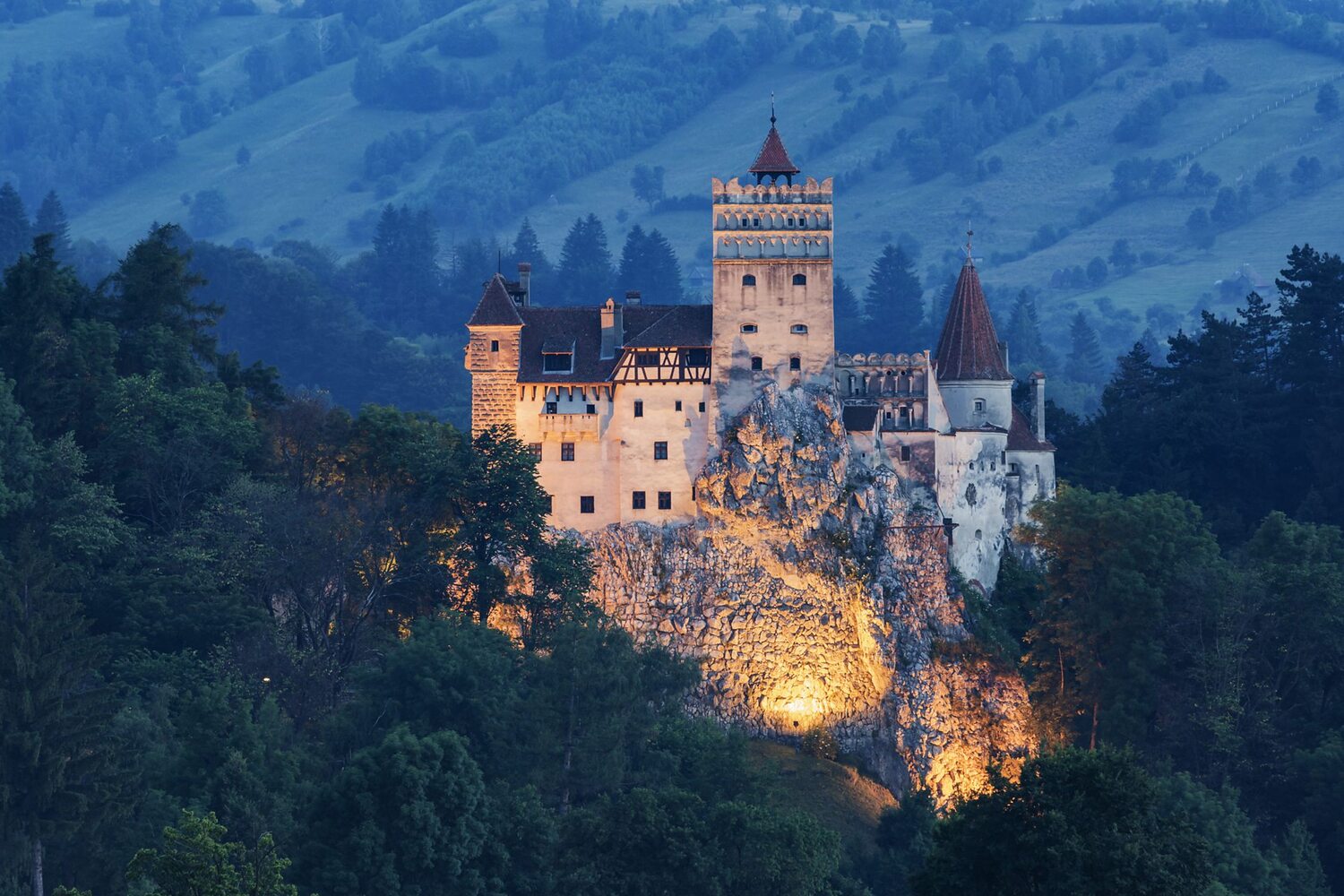Transylvania is a remarkable region full of legends, history, and breathtaking landscapes. Located in the heart of Romania, it attracts tourists from all over the world with its medieval towns, Gothic architecture, and the dramatic Carpathian Mountains. Although many associate it mainly with the character of Dracula, Transylvania holds far more fascinating stories. Its centuries-old past, cultural diversity, and natural richness make it truly unique. Here are some amazing facts you may not know that offer a deeper look into this captivating land.
- The name Transylvania comes from Latin and means the land beyond the forest. In Roman times, the area was surrounded by dense woodlands, which inspired its name. The prefix “trans” means “beyond” and “silva” means “forest.” The name alone reflects the wild and mysterious character of the region.
- The most famous historical figure associated with Transylvania is Vlad the Impaler, also known as Vlad III. Though he ruled Wallachia, he was born in the Transylvanian town of Sighișoara. He became notorious for his brutal method of impaling enemies. His persona later inspired Bram Stoker’s novel “Dracula.”
- The city of Brașov is one of the best-preserved medieval cities in Europe. It features narrow streets, fortified walls, Gothic churches, and defense towers. Its most famous landmark is the Black Church, the largest Gothic church between Vienna and Istanbul. The city’s architecture blends Romanian, German, and Hungarian influences.
- Bran Castle is often called Dracula’s Castle. Although historians disagree whether Vlad Tepes actually stayed there, the castle closely matches the description from Stoker’s novel. It stands on a rocky hill with narrow passageways and towering spires. Its mysterious atmosphere attracts visitors from all over the globe.
- Transylvania is home to one of the largest Hungarian minorities in Europe. In the counties of Harghita and Covasna, Hungarians form the majority of the population. Schools, media, and local administration function in the Hungarian language. This contributes to the region’s linguistic and cultural diversity.
- The wooden churches of Transylvania are masterpieces of craftsmanship. Built without nails, they are decorated with religious carvings and paintings. Most of them are located in the Maramureș region and are listed as UNESCO World Heritage Sites. Their design reflects deep spiritual beliefs and the skills of local artisans.
- The region lies along the Eastern Carpathians, offering mountain lakes, caves, waterfalls, and alpine meadows. Forests are home to rare species such as brown bears, lynxes, and wolves. It is an ideal destination for nature lovers and hikers. National parks preserve its diverse flora and fauna.
- Babeș-Bolyai University in Cluj-Napoca is one of Romania’s oldest and most prestigious universities. It is known for multilingual instruction in Romanian, Hungarian, and English. The university draws students from many countries. Cluj itself is also a vibrant cultural and academic hub.
- The Merry Cemetery in Săpânța is a truly unique burial site. Gravestones are colorful and feature humorous inscriptions describing the lives of the deceased. This approach reflects the local view of death with irony and humor. The cemetery has become one of the most unusual attractions in the region.
- The Turda Salt Mine is one of the most extraordinary underground tourist sites in the world. Transformed into an amusement park and museum, it includes a carousel, concert hall, and an underground lake. Its microclimate is beneficial for people with respiratory problems. Salt has been mined here since Roman times.
- Transylvania is known for its vineyards and wine production. Local grape varieties such as Fetească Albă and Fetească Neagră offer distinctive flavors and win international awards. Wine is celebrated at many local festivals. Winemaking plays an important role in the region’s culture and economy.
- Fortified churches built by Saxon settlers combine religious and military architecture. Surrounded by walls, towers, and moats, they served both as places of worship and as refuges during invasions. Their sturdy construction remains intact to this day. They testify to the presence of the German community in Transylvania.
- In the town of Mediaș, a historic mechanical clock has been operating since the 15th century. It is one of the oldest functioning clocks in Europe. Despite the centuries, the mechanism still works according to the original design. The clock is one of the town’s top tourist attractions.
- The region has many thermal springs and therapeutic mud sources. Resorts like Sovata and Tușnad offer mineral water treatments, mud baths, and climate therapy. These resources were already appreciated in Roman times. Today, they attract visitors seeking relaxation and wellness benefits.
These interesting facts show that Transylvania is far more than just the land of Dracula legends. It is a region rich in cultural heritage, natural beauty, and historical depth. You may not have known all these details, but they offer a fresh perspective on this enchanting land. Exploring Transylvania means discovering a centuries-old mosaic of cultures, landscapes, and traditions.





